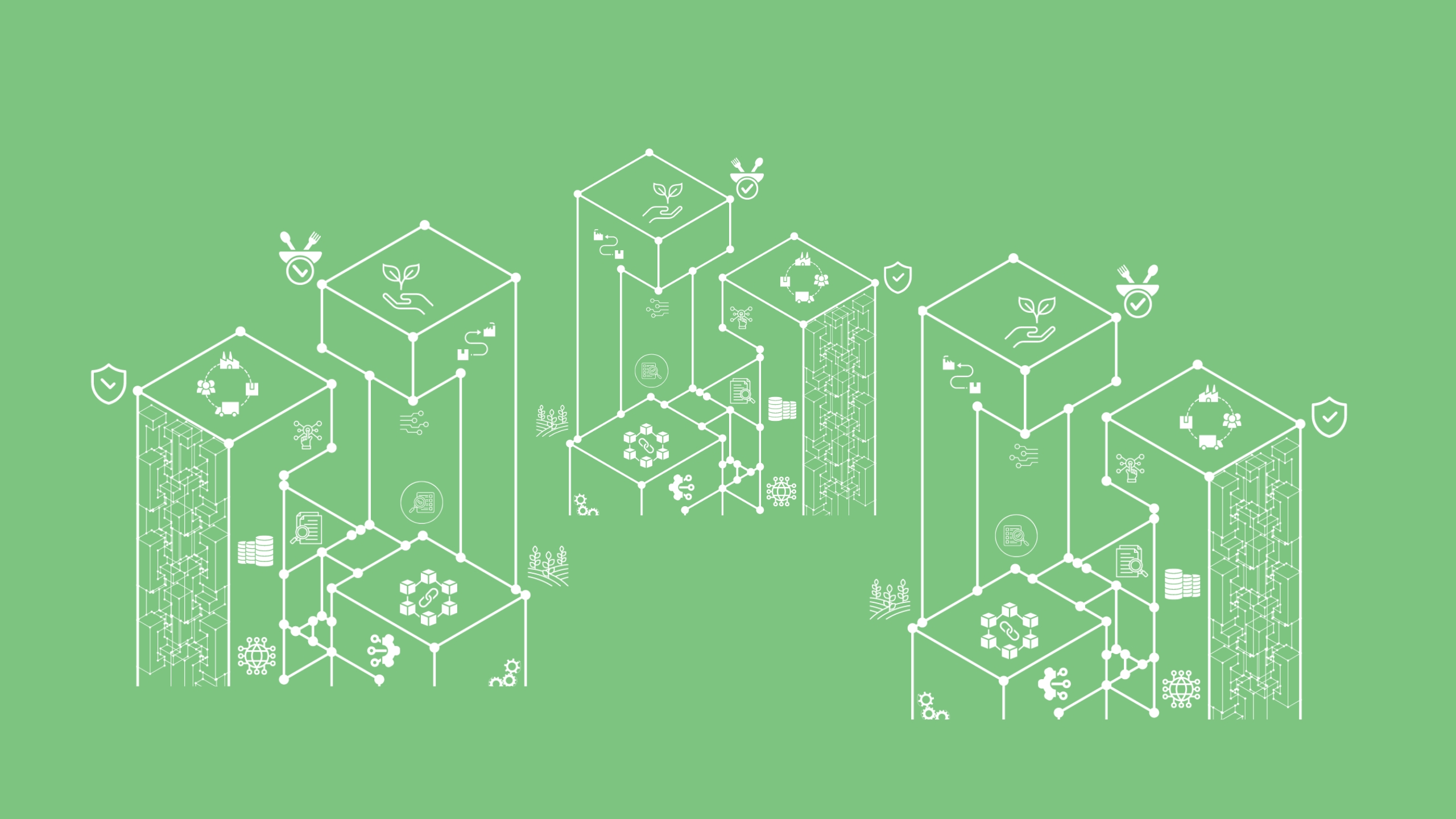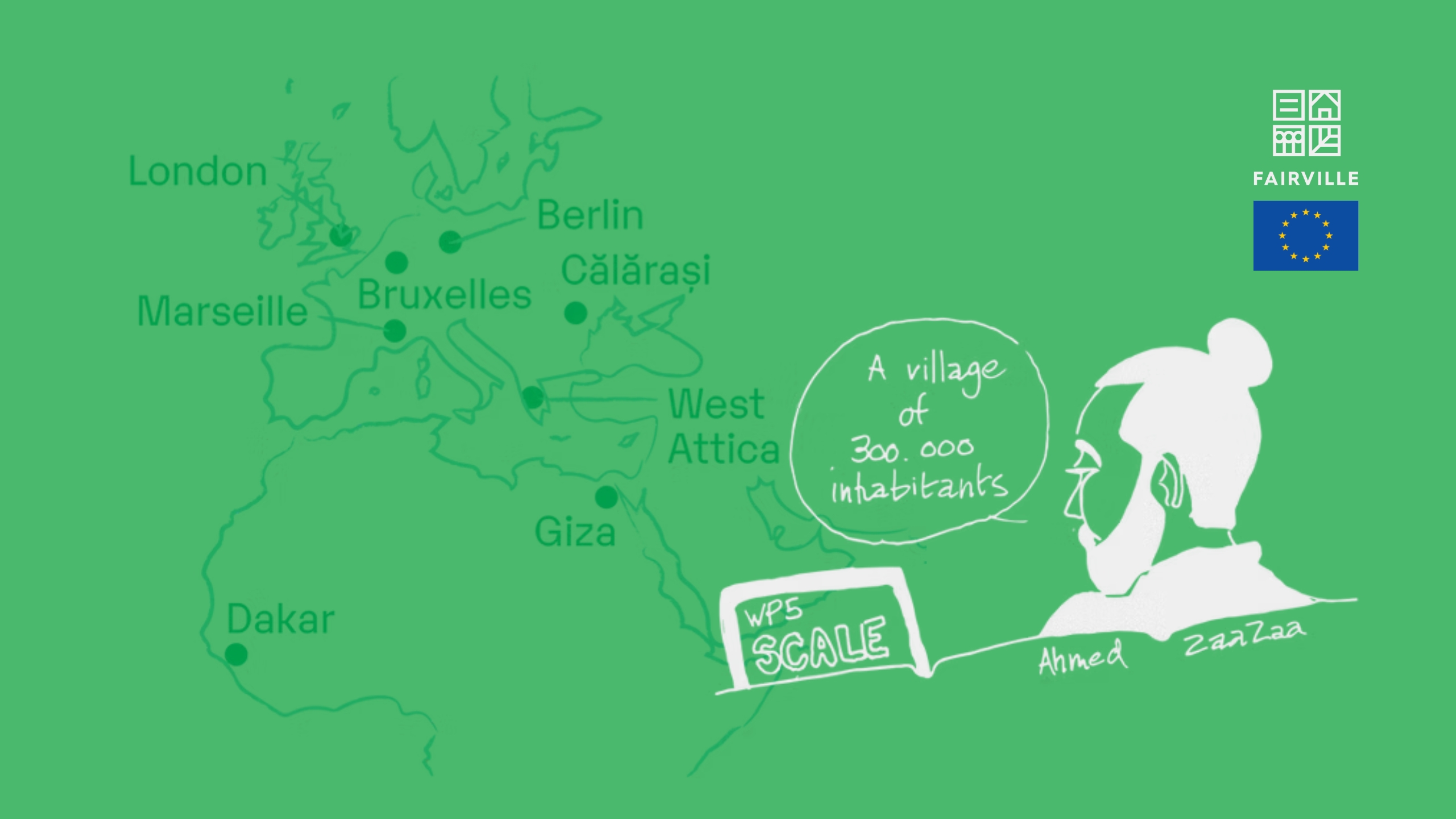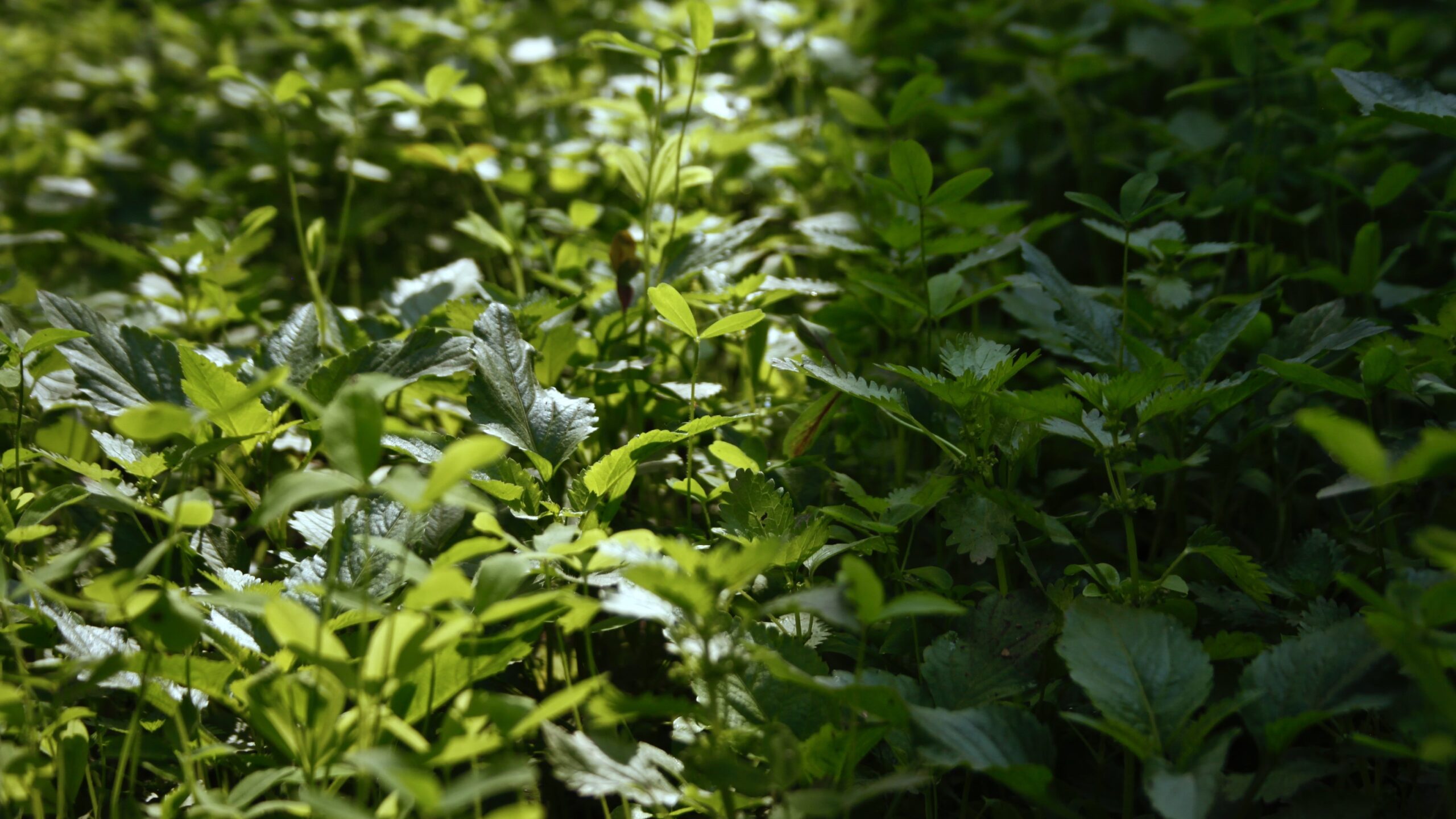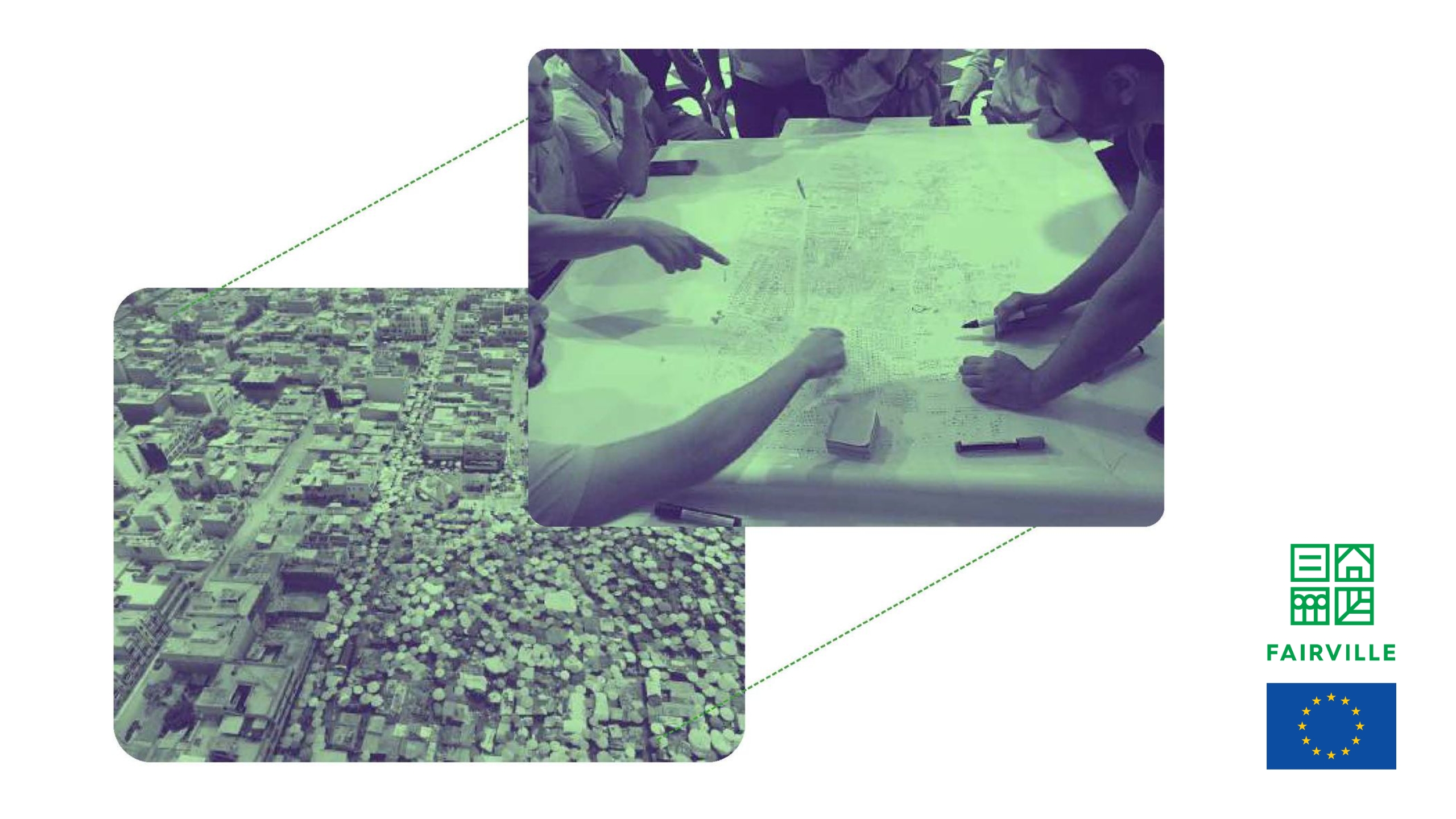Imagine a world where every step of your food’s journey is completely transparent and secure. Blockchain technology promises exactly that, but why hasn’t this powerful tool taken over the agri-food sector yet? Blockchain Technology could transform the agri-food sector, but what holding it back?
The truth is, while blockchain holds incredible potential, it’s facing some barriers. Many in the industry simply don’t know enough about it. High costs make it seem out of reach for smaller players and the ever-changing regulations leave many unsure about how to proceed. TRUSTyFOOD published an infographic on “How Blockchain Technology Could Transform the Agri-food Sector – But What’s Holding It Back?” This article gives an overview of both the barriers and the drivers:
Insufficient Knowledge and Education
Barriers to adopting the blockchain include the lack of awareness and understanding and educational gaps among stakeholders, hindering adoption and leading to low trust in the technology due to perceived complexity.
High Costs
High initial investment in infrastructure, a need for high-skilled personnel along with resource-intensive development, and high energy consumption are holding back its implementation.
Regulatory Uncertainty
Unclear regulations cause hesitation, especially, considering the difficulty of adhering to evolving standards and potential legal risks associated with non-compliance with emerging blockchain regulations.
Data Quality Concerns
Issues with data input, harmonisation, and accuracy comprise the reliability of blockchain records.
But what if we could break down those barriers? What if we could spread knowledge, reduce costs, and navigate the regulatory maze? The future of a safer, more transparent food industry is within our grasp if we unlock its potential!
Project: TRUSTyFOODPotential to Provide Trustworthy Information
One of the drivers for the adoption of BCT is blockchain’s immutable records, where every transaction and change are transparently recorded and cannot be altered. This improves accountability, reliability, and the verification of food quality. This also ensures compliance with industry standards, addressing the growing consumer demand for transparency and traceability.
Improve Coordination of Processes
Seamless data sharing and real-time access to transparent information improve collaboration between stakeholders and support informed and timely decision-making, enhancing, in turn, overall supply chain management and efficiency.
Facilitation of Fair Pricing
By reducing the number of intermediaries, blockchain can help create more direct links between producers and consumers, leading to fairer pricing mechanisms.
Enhancement of Sustainability and Ethical Practices
Blockchain can track and verify sustainable practices, allowing for incentives and compensation for farmers using environmentally friendly methods. It also ensures ethical sourcing and rewards businesses that prioritise fair labour practices.
The “TRUSTyFOOD – Stakeholders-driven pathways for blockchain implementation in agri-food sector” project aims to support the Strategic Research Agenda of the future joint research program on the subject of Blockchain Technology (BCT). By attending various stakeholder events, the project team sheds light on the current partial and defragmented picture of BCT applications in agri-food sector while clarifying the benefits and opportunities that BCT can concretely offer to the sector. TRUSTyFOOD intends to provide the most suitable tool to each targeted stakeholder for prompt, easy and effective implementation in their own context.
Join us on this journey to explore how we can overcome these challenges together. Visit the website of TRUSTyFOOD to learn more about blockchain shaping the future of food and how you can be part of this transformation.
Note on copyrights: This post replicates data produced by TRUSTyFOOD (i.e. infographic: ‘How Blockchain Technology Could Transform the Agri-food Sector-But What’s Holding It Back?’).





